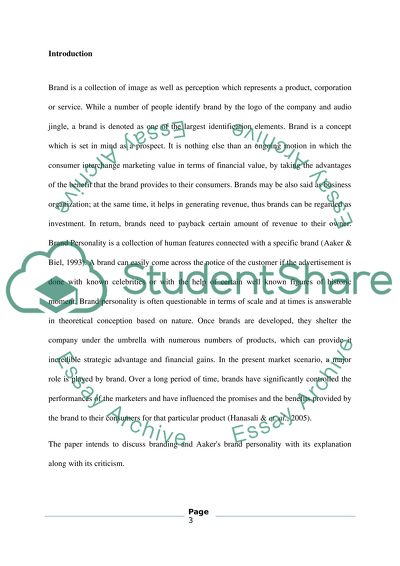Cite this document
(“Brand personality Literature review Example | Topics and Well Written Essays - 2000 words”, n.d.)
Brand personality Literature review Example | Topics and Well Written Essays - 2000 words. Retrieved from https://studentshare.org/marketing/1465864-brand-personality
Brand personality Literature review Example | Topics and Well Written Essays - 2000 words. Retrieved from https://studentshare.org/marketing/1465864-brand-personality
(Brand Personality Literature Review Example | Topics and Well Written Essays - 2000 Words)
Brand Personality Literature Review Example | Topics and Well Written Essays - 2000 Words. https://studentshare.org/marketing/1465864-brand-personality.
Brand Personality Literature Review Example | Topics and Well Written Essays - 2000 Words. https://studentshare.org/marketing/1465864-brand-personality.
“Brand Personality Literature Review Example | Topics and Well Written Essays - 2000 Words”, n.d. https://studentshare.org/marketing/1465864-brand-personality.


